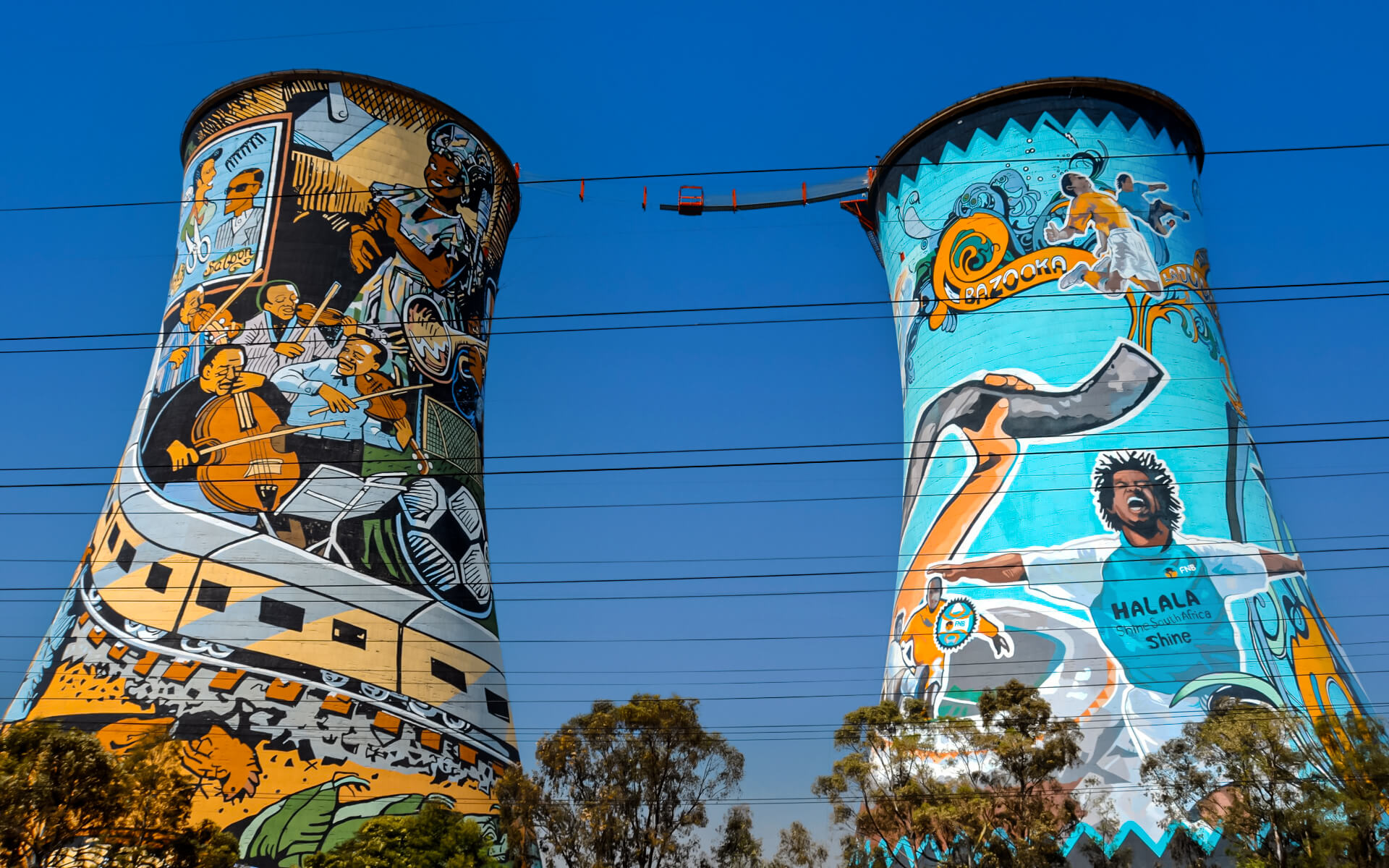Although local townships tend to include a mix of wealthy and poorer people, several portions of Soweto rank among the lowest in Johannesburg. Households in the northwest and southeast have lower earnings, while those in the southwest have greater incomes.
The apartheid regime greatly hampered Soweto’s economic growth by providing inadequate infrastructure and prohibiting citizens from starting their own enterprises. Roads remained unpaved, and many inhabitants, for example, had to share a single tap between four homes. Soweto was intended to serve as a dormitory town for black Africans employed in white-owned homes, factories, and businesses. Between 1923 and 1976, the Natives (Urban Areas) Consolidation Act and its predecessors limited people in Soweto to seven self-employment categories. Sowetans might run general stores, butcher shops, restaurants, sell milk and vegetables, or hawk things. The total number of such businesses was rigorously regulated at all times. As a consequence, informal commerce arose outside of officially sanctioned operations.
Only two theatres and two motels remained in 1976, and only 83 percent of homes had power. There was no flowing water for up to 93 percent of the population. Using fire for cooking and heating caused respiratory difficulties, contributing to high infant death rates (54 per 1,000 vs. 18 for whites, according to 1976 estimates).
In 1977, the prohibitions on economic operations were eased, allowing the taxi sector to flourish as a viable alternative to Soweto’s insufficient bus and rail services.
In 1994, Sowetans earned over six and a half times less than their colleagues in Johannesburg’s affluent districts (1994 estimates). Sowetans make up less than 2% of Johannesburg’s population. [requires citation] Some Sowetans are still poor, while others live in shanty settlements with little or no amenities. Informal housing makes up to 85 percent of Kliptown. [requires citation] Soweto’s impoverished, according to the Soweto Power Crisis Committee, are unable to pay for electricity. The group thinks that the government of South Africa’s privatization efforts will exacerbate the problem. According to research, 62 percent of inhabitants in Orlando East and Pimville were either jobless or retired.
Recently, there have been hints of economic progress. The Johannesburg City Council started installing additional street lights and paving roads. The building of Protea Mall, Jabulani Mall, the development of Maponya Mall, an expensive hotel in Kliptown, and the Orlando Ekhaya entertainment complex were all planned as private ventures to tap on Sowetans’ combined purchasing power of R4.3 billion. Soweto has also evolved into a cultural and nightlife hotspot.


